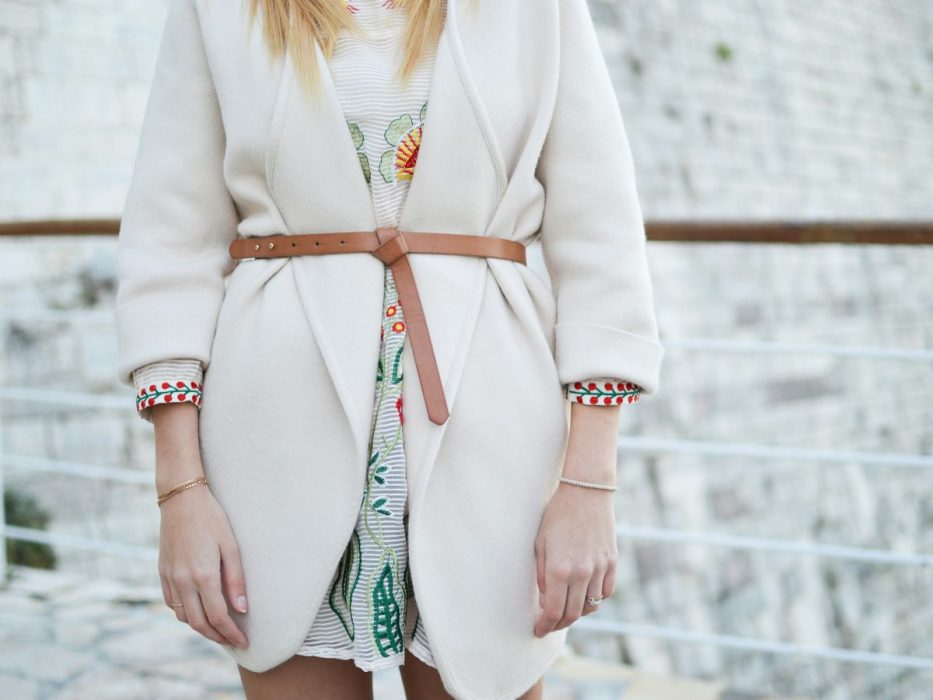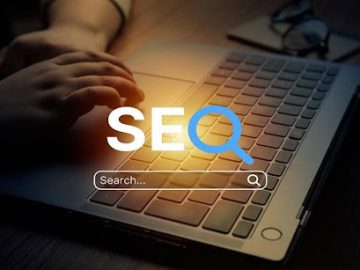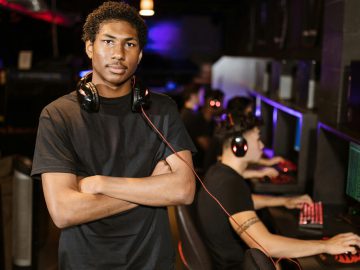In the competitive world of fashion e-commerce, having a solid SEO strategy is essential for success. SEO, or search engine optimization, helps online clothing stores stand out in search results, attract more visitors, and ultimately boost sales. This article will explore the key SEO strategies tailored specifically for fashion e-commerce websites, ensuring that your brand gets the visibility it deserves.
Key Takeaways
- SEO is vital for increasing visibility and driving traffic to fashion e-commerce sites.
- A mobile-friendly website enhances user experience and is crucial for ranking well on search engines.
- Using long-tail keywords improves search relevance and attracts targeted customers.
- High-quality images and engaging content are essential for keeping visitors interested.
- Regularly monitoring SEO performance helps in adjusting strategies and improving results.
Understanding the Importance of SEO for Fashion E-commerce
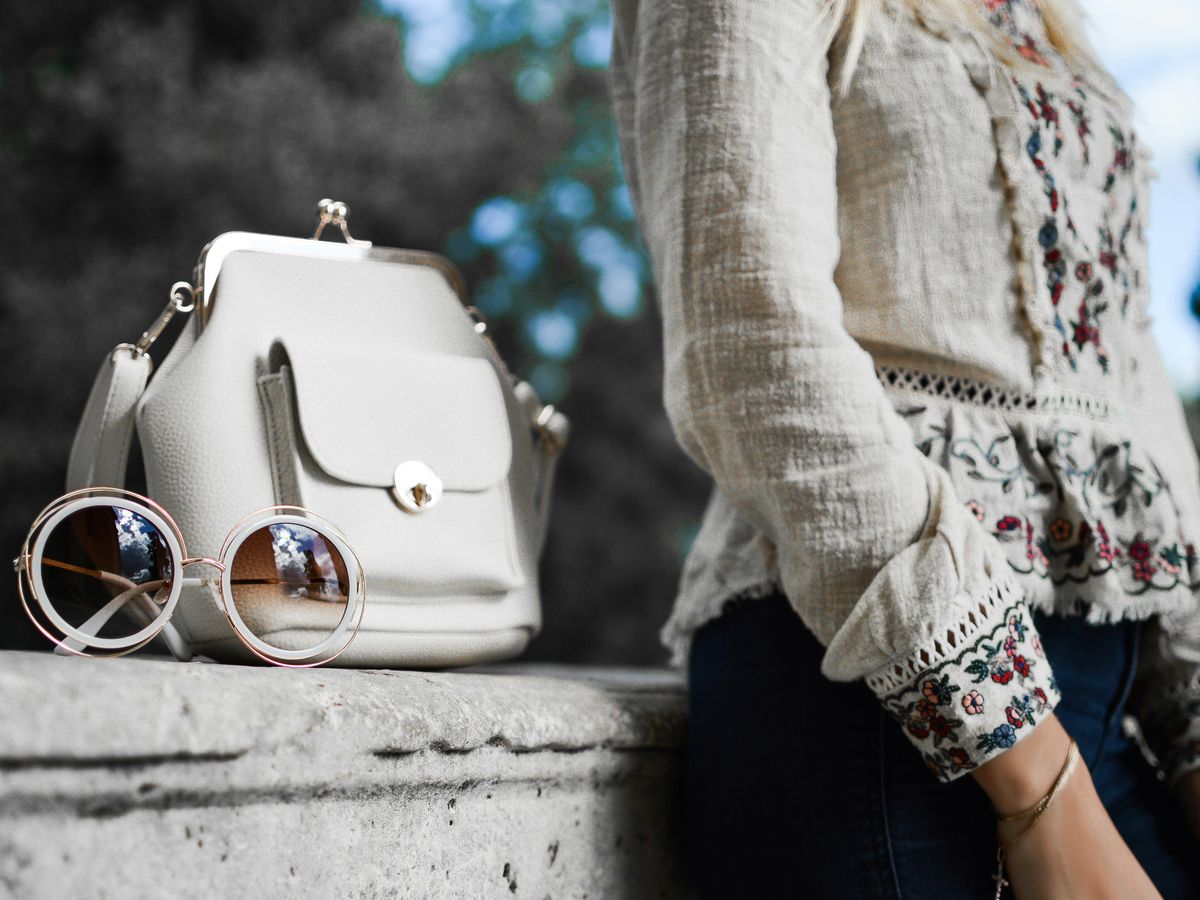
In the world of fashion e-commerce, SEO is crucial for reaching a wider audience. It helps your brand show up in search results, which means more people can find you. Here’s why SEO matters:
Why SEO Matters in Fashion E-commerce
- SEO boosts your visibility on search engines, making it easier for potential customers to discover your products.
- It drives targeted traffic, meaning visitors are actively looking for fashion items, increasing the chances of sales.
- A well-optimized site can lead to higher conversion rates, as 44% of online shoppers start their journey with a search query.
Impact of SEO on Conversion Rates and Sales
When your website ranks higher, you get more clicks. This can lead to:
- Increased traffic to your site.
- Higher chances of making sales.
- Improved brand awareness.
SEO vs. Other Digital Marketing Strategies
While other strategies are important, SEO is unique because:
- It focuses on organic traffic, which is often more sustainable.
- It helps build long-term visibility compared to paid ads.
- SEO trends are a sound investment for the future of online searches, unlike fashion trends that come and go.
SEO is not just a one-time task; it’s an ongoing process that adapts to changes in the market and consumer behavior.
By understanding the importance of SEO, you can position your fashion e-commerce brand for success in a competitive market.
Building a User-Friendly and Mobile-Optimized Website
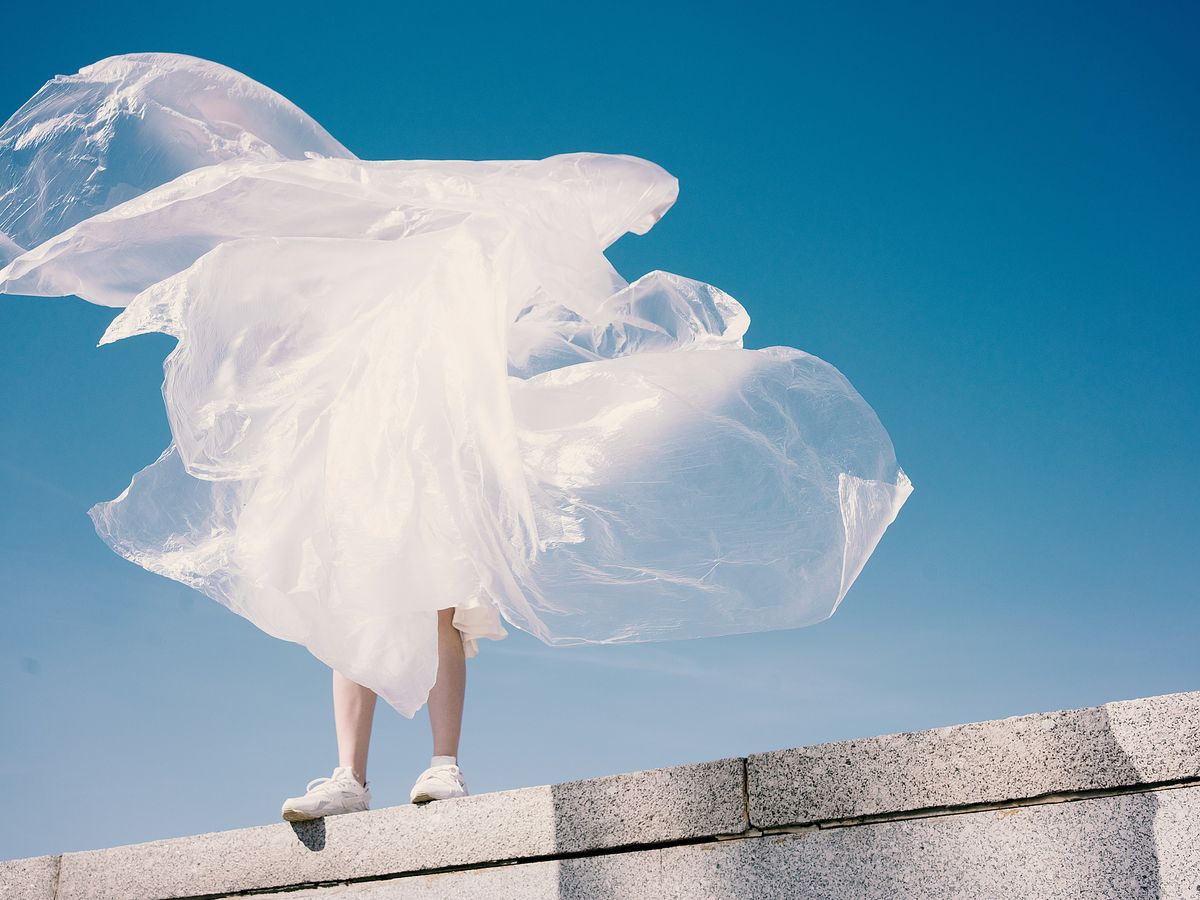

Creating a website that is easy to use and works well on mobile devices is crucial for any fashion e-commerce business. A user-friendly website keeps customers engaged and encourages them to explore your products. Here’s how I approach this:
Importance of Mobile Compatibility
With 75% of customers shopping from their mobile devices, it’s essential to ensure your website is mobile-friendly. This means:
- Pages should load quickly.
- Navigation must be clear and simple.
- Text should be easy to read on smaller screens.
Enhancing User Experience
To enhance user experience, I focus on:
- Fast loading times: I use tools like Google PageSpeed Insights to check and improve my site’s speed.
- Easy-to-shop product pages: I make sure product pages are organized and allow users to filter by size, color, and price.
- Clear call-to-action buttons: I ensure that buttons like “Add to Cart” are visible and easy to find.
Responsive Design Best Practices
Using responsive design is key. This means:
- Images and videos are optimized for quick loading.
- Text is not cut off or hard to read.
- Pop-ups are easy to close.
Keeping your website updated is vital. If it looks outdated or is hard to navigate, customers may leave without buying anything.
By focusing on these areas, I can create a seamless shopping experience that not only attracts visitors but also keeps them coming back. Remember, customer service can make or break your site. If users have a great experience, they are more likely to convert into loyal customers!
Keyword Research and Optimization Techniques
Identifying Relevant Keywords
To kick off my keyword research, I start by using a keyword tool. I simply type in a word or phrase related to my products, like “little black dress” or a question like “what should I wear under a sheer blouse?” This helps me gather important data about the keyword. The key metrics I focus on are:
- Monthly search volume (MSV)
- Keyword difficulty (KD)
- Cost-per-click (CPC)
These metrics guide me in choosing the right keywords for my fashion e-commerce site.
Long-Tail Keywords for Fashion Products
When it comes to keywords, I find that long-tail keywords are the most effective. These are phrases that are longer and more specific, like “women’s black ankle boots”. They may not have as many searches as shorter keywords, but they attract visitors who are more likely to buy. Here are some examples of long-tail keywords I consider:
- “black cocktail dress with lace sleeves”
- “high-waisted distressed denim jeans”
- “vegan leather jacket for women”
Using Keyword Tools Effectively
I use various keyword tools to help me find the best keywords. Some of my favorites include:
These tools provide insights that help me understand which keywords will work best for my products.
Remember, the right keywords can make a huge difference in attracting the right customers to your site.
By focusing on these strategies, I can improve my website’s visibility and drive more traffic to my fashion e-commerce store. Effective keyword research is essential for success!
On-Page SEO Strategies for Fashion E-commerce
Optimizing Product Descriptions
When I create product descriptions, I focus on making them informative and engaging. I include relevant keywords that help customers find what they’re looking for. This means using clear language and highlighting the unique features of each product. For example, instead of just saying “red dress,” I might say “elegant red evening dress with lace details.”
Creating User-Friendly URL Structures
A clean URL structure is crucial. I always aim for URLs that are easy to read and understand. For instance, instead of using a random string of numbers, I prefer something like:
This way, customers know exactly what to expect when they click on the link.
Utilizing Schema Markup
Schema markup is a powerful tool that helps search engines understand my content better. By adding this code to my product pages, I can provide extra information like prices, availability, and reviews. This not only improves my SEO but also makes my listings stand out in search results.
Remember, a well-optimized product page can significantly boost your visibility and sales.
In summary, focusing on these on-page SEO strategies can help my fashion e-commerce site attract more visitors and convert them into customers. By optimizing product descriptions, creating user-friendly URLs, and utilizing schema markup, I can enhance my site’s performance and reach more potential buyers.
Highlights
- Informative and engaging product descriptions
- Clean and easy-to-read URL structures
- Utilizing schema markup for better visibility
By implementing these strategies, I can ensure that my fashion e-commerce website is not only user-friendly but also optimized for search engines, ultimately leading to increased traffic and sales.
Leveraging High-Quality Visuals and Content
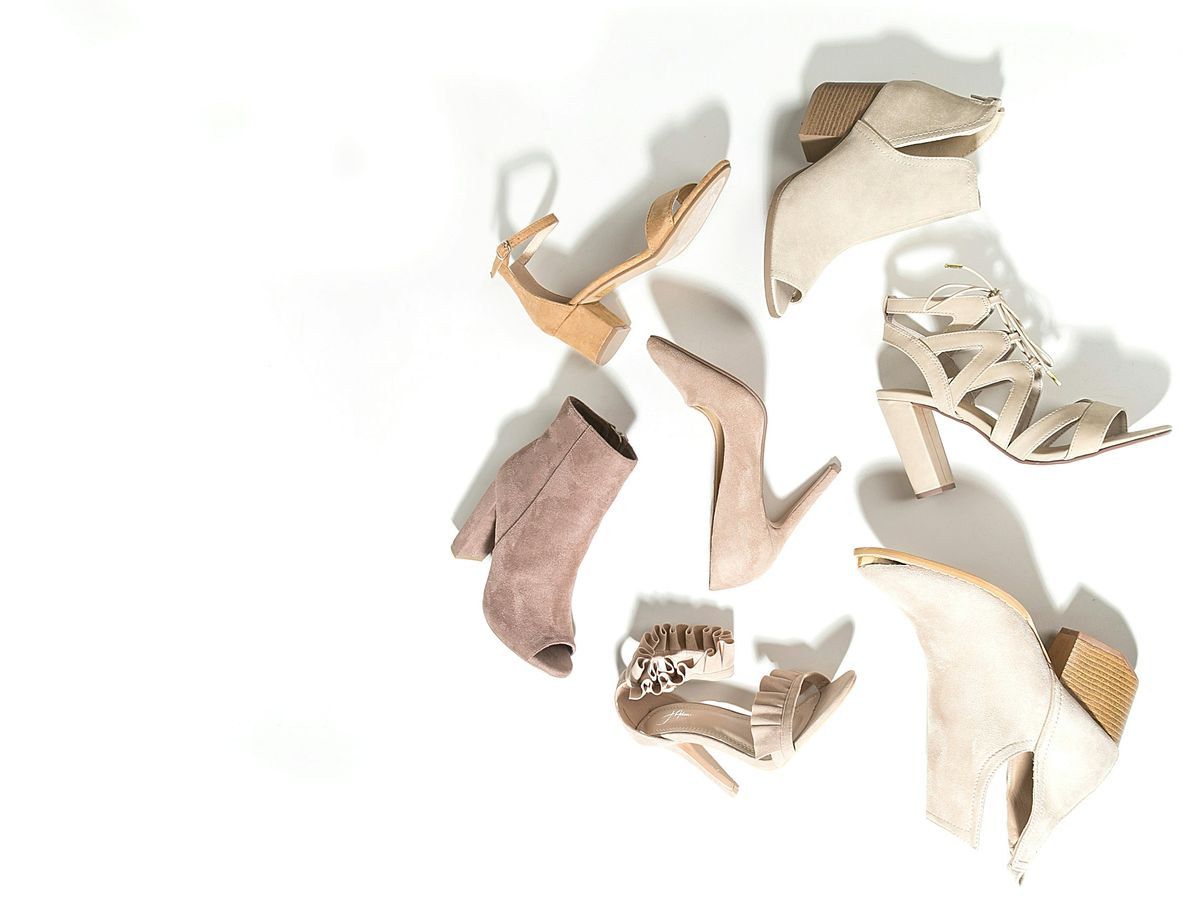

Importance of High-Quality Images
In the fashion e-commerce world, high-quality images are essential. They help showcase products in the best light, making them more appealing to potential buyers. When I use clear and vibrant images, I notice that customers spend more time on my site. This increased engagement can lead to higher sales.
Creating Engaging Blog Content
Blogging is another way to connect with my audience. I focus on creating content that is not only informative but also engaging. Here are some ideas I use:
- Share fashion tips and trends.
- Write about behind-the-scenes stories of my brand.
- Highlight customer stories or testimonials.
By doing this, I can keep my audience interested and encourage them to return to my site.
Using Videos to Enhance SEO
Videos are a powerful tool for fashion e-commerce. They can show products in action, which helps customers understand what they are buying. I often create short videos that:
- Showcase how to style a piece.
- Provide a closer look at product details.
- Share customer reviews.
These videos not only enhance the shopping experience but also improve my site’s SEO.
Remember: If your content is getting lost in the crowd, use this technique to create content clusters that improve user engagement, boost your search engine rankings, and drive more organic traffic to your website.
By leveraging high-quality visuals and engaging content, I can create a more inviting shopping experience that keeps customers coming back.
Link Building and External SEO Strategies
Building links is a key part of making your fashion e-commerce site successful. Link building helps increase your website’s visibility and can drive more traffic to your store. Here are some effective strategies I use:
Effective Link Building Techniques
- Guest Posts: Writing articles for other fashion blogs can help you gain valuable backlinks.
- Influencer Collaborations: Partnering with fashion influencers can lead to high-quality backlinks and more exposure.
- Brand Mentions: Getting your brand mentioned on popular sites can also boost your credibility.
Collaborating with Influencers
Working with influencers is a great way to reach a larger audience. They can share your products with their followers, which can lead to more traffic and sales. Here are some tips:
- Choose influencers who align with your brand.
- Offer them free products in exchange for reviews or mentions.
- Engage with their content to build a relationship.
Guest Blogging for Backlinks
Guest blogging is another effective way to build links. By writing for reputable fashion blogs, you can:
- Showcase your expertise in fashion.
- Attract new customers to your site.
- Gain backlinks that improve your SEO.
Building a strong backlink profile is essential for any successful SEO strategy in the fashion business.
In summary, focusing on quality backlinks from relevant sites can significantly enhance your fashion e-commerce website’s performance. By using these strategies, I’ve seen my site’s traffic and authority grow, making it easier to connect with potential customers.
Monitoring and Analyzing SEO Performance
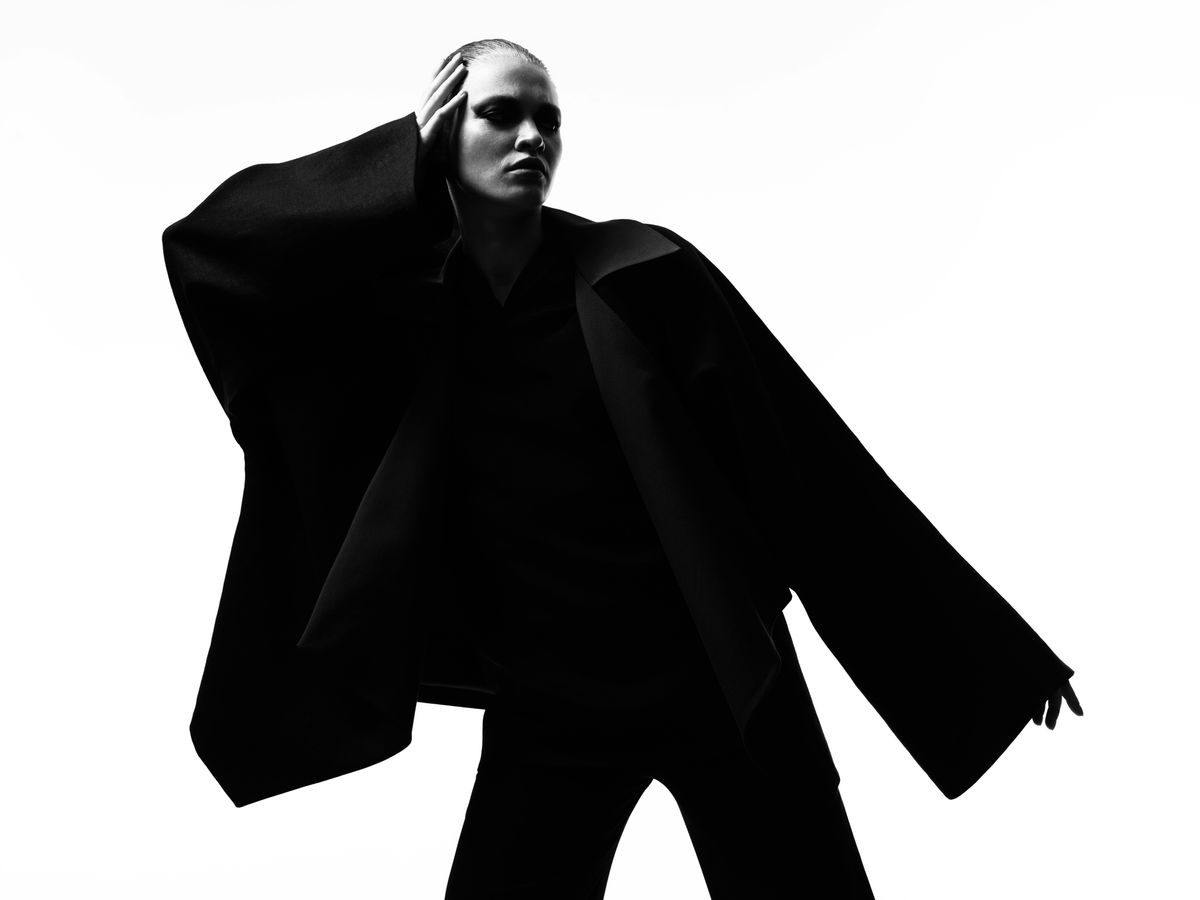

Using Analytics Tools
To truly understand how well my SEO strategies are working, I rely on various analytics tools. These tools help me track important data about my website. Here are some key tools I often use:
- Google Analytics: This is a must-have for tracking website traffic and user behavior.
- SEMrush: Great for checking keyword rankings and competitor analysis.
- Ahrefs: Useful for backlink analysis and site audits.
Tracking Key SEO Metrics
Monitoring specific metrics is crucial for assessing my SEO performance. Here are some metrics I focus on:
- Organic Traffic: The number of visitors coming from search engines.
- Bounce Rate: The percentage of visitors who leave after viewing only one page.
- Conversion Rate: The percentage of visitors who complete a desired action, like making a purchase.
| Metric | Importance |
|---|---|
| Organic Traffic | Indicates overall visibility |
| Bounce Rate | Shows user engagement |
| Conversion Rate | Measures effectiveness of SEO efforts |
Adjusting Strategies Based on Data
Once I have gathered data, it’s time to make adjustments. Here’s how I do it:
- Identify Trends: Look for patterns in the data to see what’s working.
- Test Changes: Implement small changes and monitor their impact.
- Stay Updated: SEO is always changing, so I keep learning and adapting.
In the world of SEO, data is my best friend. It guides my decisions and helps me improve my strategies.
By consistently monitoring and analyzing my SEO performance, I can ensure that my fashion e-commerce website stays competitive and continues to grow.
Frequently Asked Questions
Why is SEO important for fashion e-commerce websites?
SEO is vital for fashion e-commerce because it helps your website show up in search results. This means more people can find your products, leading to more sales.
How can I make my fashion website more user-friendly?
To make your fashion website user-friendly, ensure it loads quickly, has easy navigation, and is mobile-friendly. This helps customers have a better shopping experience.
What are long-tail keywords and why should I use them?
Long-tail keywords are phrases with three or more words that are specific to what customers are searching for. Using them helps attract the right audience to your site.
How does SEO for fashion e-commerce differ from other industries?
Fashion e-commerce focuses heavily on visuals, so optimizing images and creating engaging content is crucial. Other industries might not rely as much on visuals.
What is the role of high-quality images in fashion SEO?
High-quality images are important because they attract customers and can improve your site’s ranking in search results. Good visuals make products more appealing.
How can I track my SEO performance?
You can track your SEO performance using tools like Google Analytics. These tools show you how much traffic your site gets and which keywords are working best.

